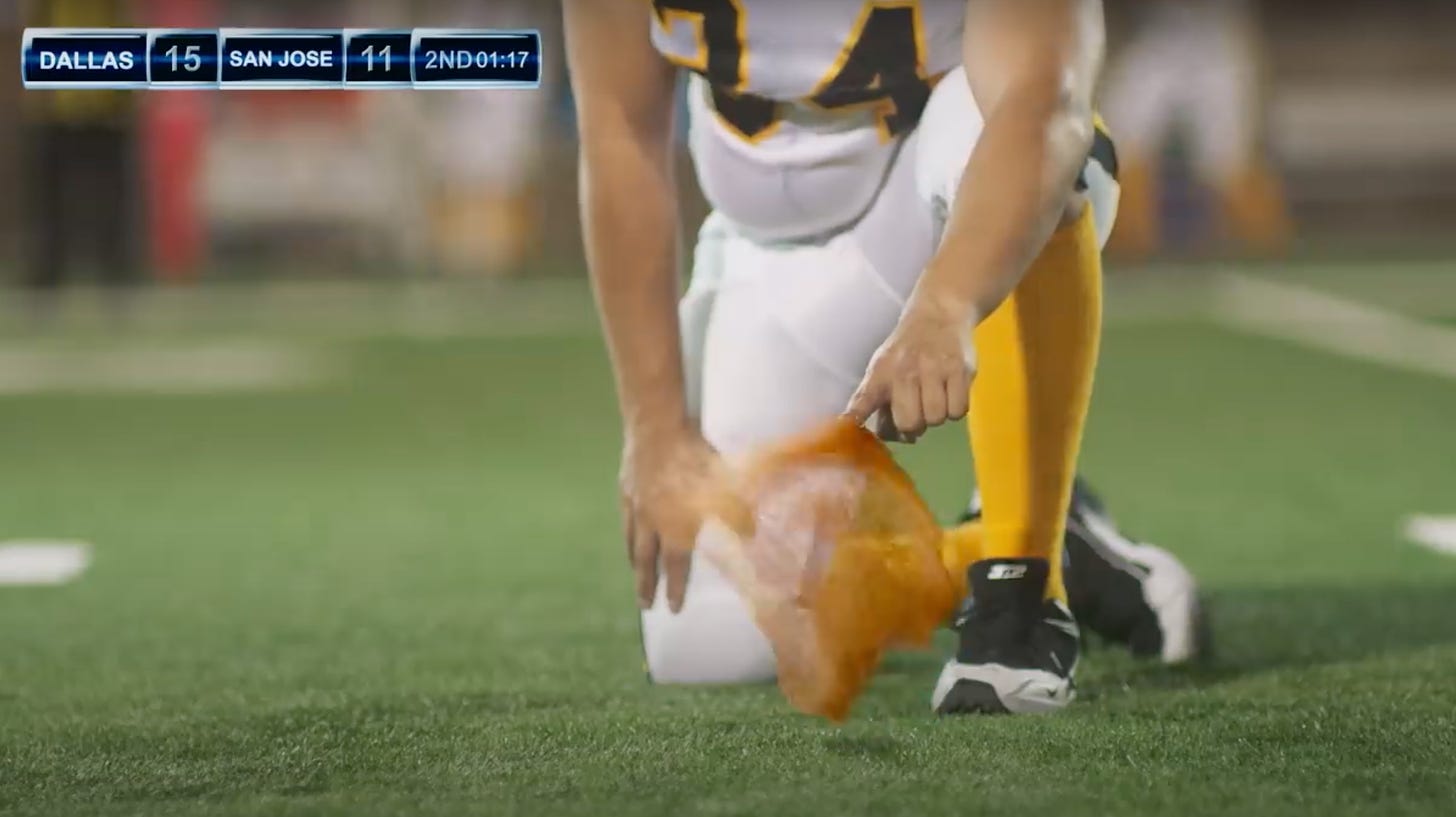Fearmongering over footballs
The fossil fuel industry says footballs couldn't exist without oil. It's a lie designed to prevent us from imagining a more sustainable world.

Last week, The Daily Show highlighted an oil and gas commercial that implied footballs could not exist without fossil fuels.
The ad from pipeline giant Energy Transfer shows a player teeing up a football for a kick, only for the…



